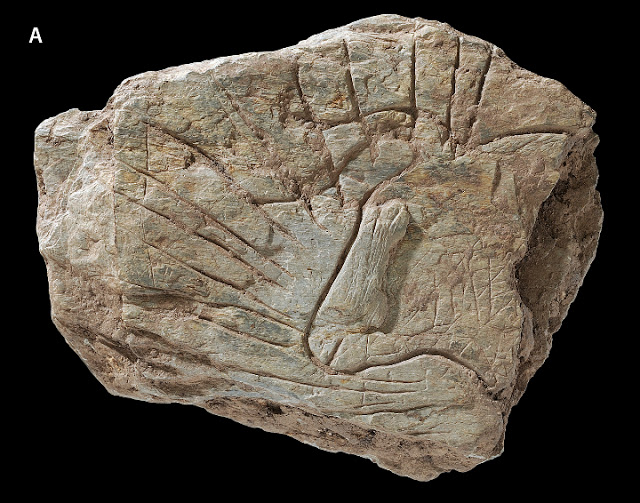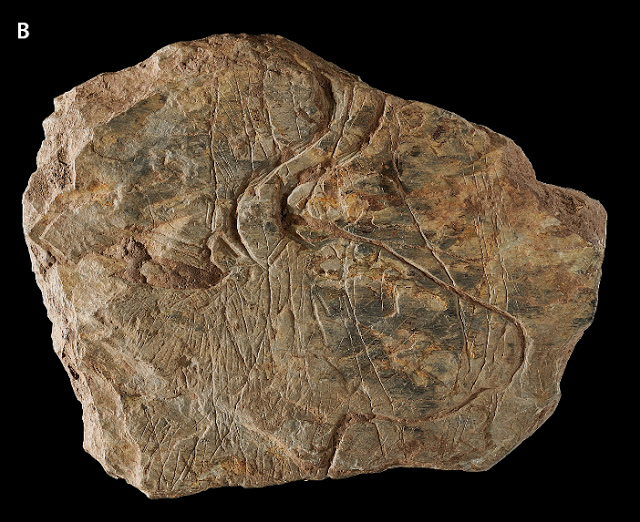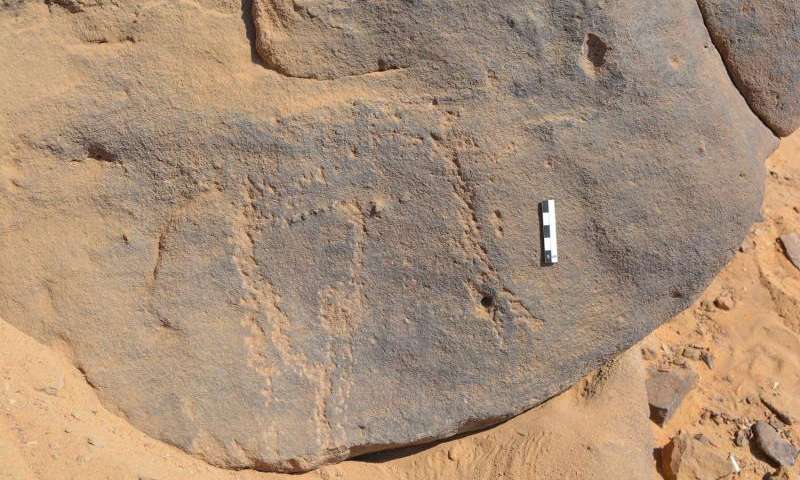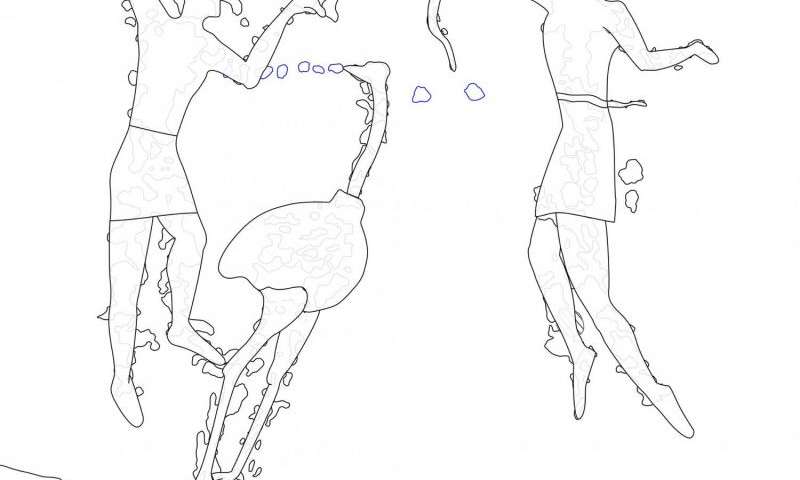Finistere is best known from the UK shipping forecast. At https://archaeologynewsnetwork.blogspot.co.uk/2017/03/14000-years-old-en… … some 40 prehistoric engravings have been found in Finistere in Britanny …


These depict animals such as auroch bulls, and horses. Both animals are common in myth so it doesn't necessarily involve hunting magic. One of them has rays emitting from his head.
At https://archaeologynewsnetwork.blogspot.co.uk/2017/03/anatolian-borders-… … the site of Ziyaret Tepe is located in eastern Anatolia in what is now modern Turkey in the Diyebakir district. It was controlled by the Assyrians between 882 and 611BC.
At https://phys.org/print409397480.html … farmers in the Roman empire converted to the Hun lifestyle (and vice versa). Hun incursions into Roman territory bordering the Danube in the 5th century AS opened the floodgates – and they were followed by repeated incursions by other barbarians. Researchers from Cambridge University in Pannonia (in modern Hungary) suggest some farmers adopted a semi nomadic lifestyle or they may have been recruited into the army of Atilla.
At https://phys.org/print409390975.html … Egyptian rock art from the 4th millennium BC has been found. The engravings were pecked into the rock using a hard point. Unfortunately you can't see a lot nowadays as a result of erosion. See below …
 … the figures are barely discernible – one appears to be an ostrich … recreated below …
… the figures are barely discernible – one appears to be an ostrich … recreated below …
 Over at http://popular-archaeology.com/issue/spring-2017/article/a-new-perspecti… … which features Taiwan and a small Spanish colony. The Spanish were replaced by the Dutch and somewhat later, the mainland Chinese.
Over at http://popular-archaeology.com/issue/spring-2017/article/a-new-perspecti… … which features Taiwan and a small Spanish colony. The Spanish were replaced by the Dutch and somewhat later, the mainland Chinese.
And at www.scotsman.com/news/bones-of-clan-massacre-victims-found-in-eigg-cave-… .. the remains of 50 people have been found in a cave on the island of Eigg. They have been identified as victims of clan warfare. The Macdonalds sought refuge in the cave when Eigg was invaded by the Macleods of Skye – following a dispute (back in 1597).

